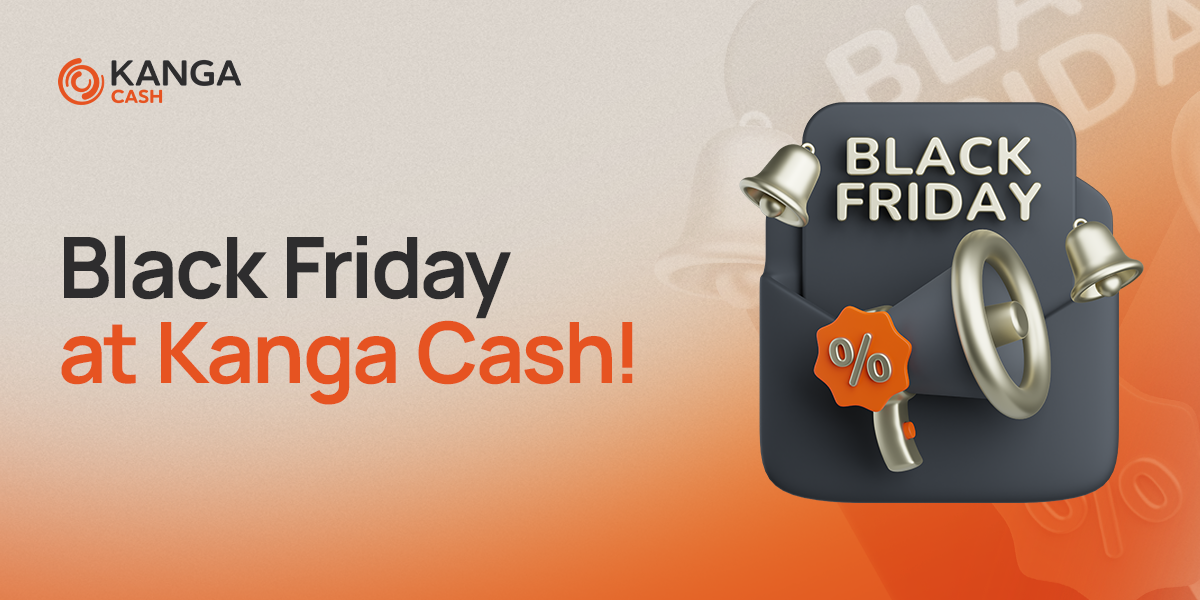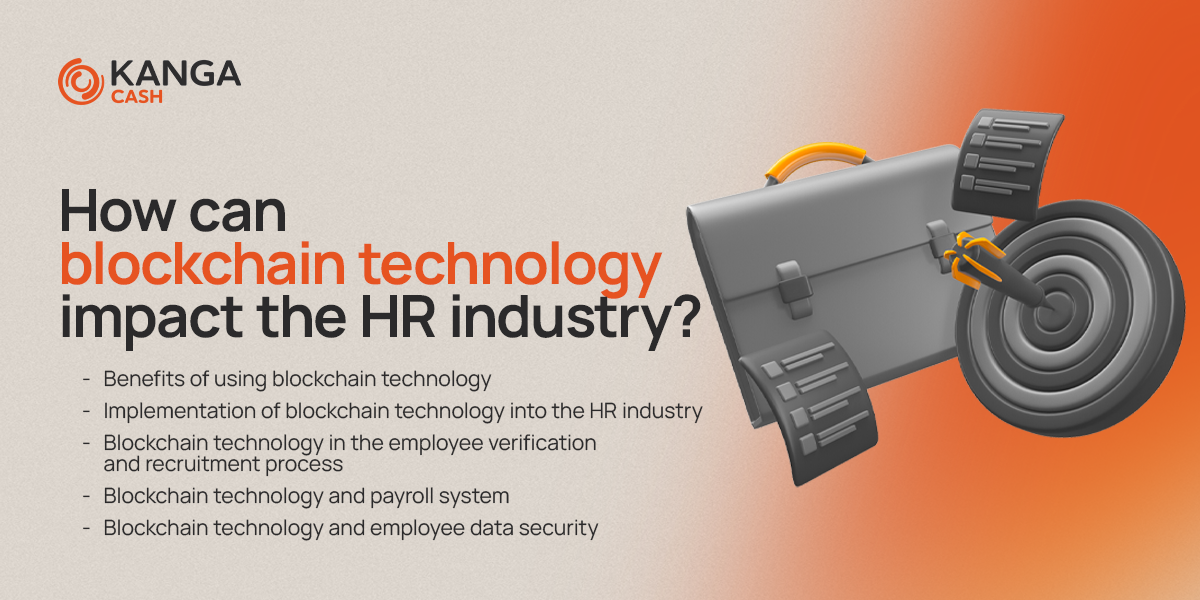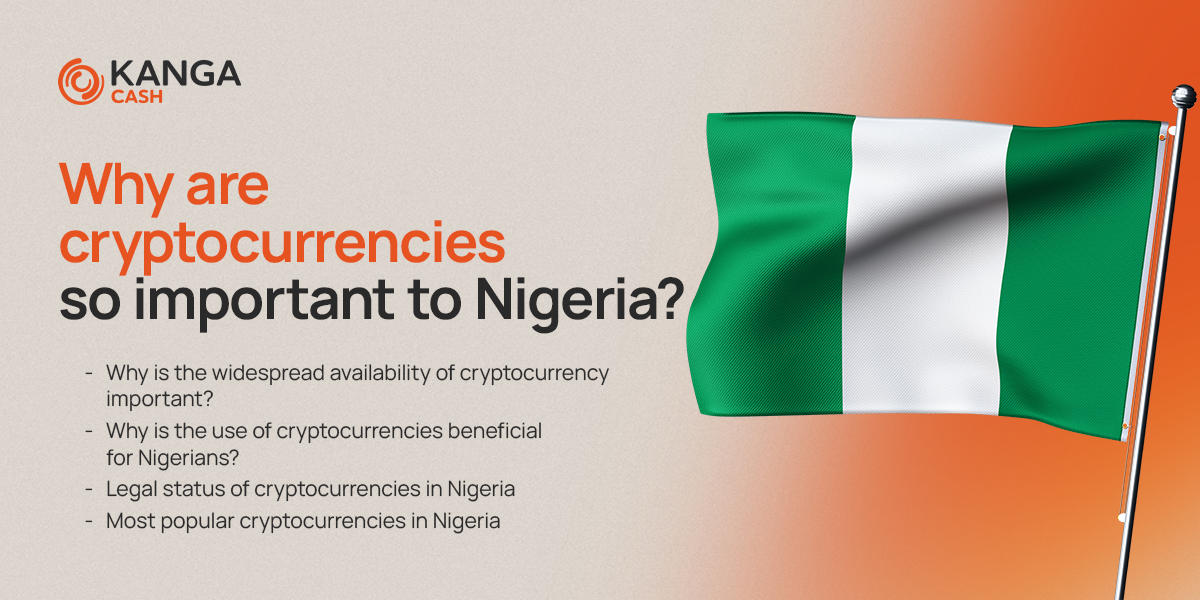What is the Proof of Reserves method?

Exchanges have become an essential element of the cryptocurrency ecosystem. The security and stability of assets as well as the trust of users are important in this industry. This begs the question, how can cryptocurrency exchanges increase their credibility? By providing evidence of sufficient reserves to cover liabilities to customers. This is where Proof of Reserve (PoR) comes in handy.
Proof of Reserves is a term that refers to the phenomenon of controlling resources. One of the goals of PoR is to promote the transparency of cryptocurrency exchanges and platforms. It is worth getting acquainted with it better before choosing an exchange.
Why was Proof of Reserves implemented?
The increase in the popularity of cryptocurrencies certainly raises many questions. One of them is how can cryptocurrency exchanges gain the trust of their users? Is there a method by which they are able to confirm the real amount of funds they have? For this purpose, the Proof of Reserve mechanism has been implemented.
It seems that the idea of introducing PoR to the crypto world was born with the collapse of the FTX exchange, which was considered one of the largest in the world. Many customers then lost their funds. On the other hand, users of other exchanges and cryptocurrency platforms began to withdraw from them for fear of destabilizing the entire market. Then it began to wonder how institutions related to cryptocurrencies can regain the trust of customers.
What is Proof of Reserves?
In short, PoR means control of funds that belong to the cryptocurrency exchange. For what purpose is it carried out? It is primarily about checking whether a given exchange has enough reserves in its resources to cover the balances of its clients. Thanks to this, they can assess the solvency of the institution and receive a guarantee of security. The exchange, on the other hand, gains the trust of users.
Proof of Reserves is also referred to as an audit conducted by a third party. Therefore, it is also important who plays the role of the auditor. It should be a person or institution not related to the stock exchange in any way. This is practiced with both traditional finance and cryptocurrency controls.
What is Merkle Tree?
When discussing the topic of PoR, it is necessary to explain what a Merkle Tree is. In Polish, you can also meet the names of hash tree, hash tree or Merkle tree. The name itself is associated with the characteristic data structure presented in the form of a tree.
It can be said that a Merkel tree is a data structure constructed by repeatedly hashing a set of data. With each layer of hashing, their number (also called Merkle leaves) is reduced until finally a single hash is produced.
Merkle Tree is therefore a tool that allows you to collect a lot of data into one hash. On the other hand, the hash also called the Merkle root acts as a cryptographic seal summarizing the collected data.
What is the practical application of Merkle Tree in the context of PoR? This method allows, among other things, to check whether the accounts of individual customers have been included in the report of funds audited by the auditor. The latter, in turn, gains the ability to collect and analyze data on account balances of all customers in a single Merkle root without disclosing them publicly, thus preserving privacy. In addition, the users themselves gain the opportunity to check what specific content was contained in the sealed data set.
How should Proof of Reserves be carried out?
After the collapse of FTX, many other exchanges wanted to avoid a massive loss of users and assets. Therefore, they conducted and published their own PoR to reassure customers that their situation was stable.
However, as already known, the control of funds requires an independent, external auditor. Thanks to this, the entire process will be carried out reliably and the results will be more reliable. Regularity is also important as it increases the transparency of the exchange’s activities. At best, a PoR should be conducted quarterly or semi-annually.
The auditor should be given access to all clients’ deposit records. The next step is to verify whether the total amount of assets held by the exchange at the time of the audit is sufficient to cover clients’ liabilities. It is also important to verify whether the exchange is the real owner of the reserves.
The audit is followed by the publication of a report that summarizes the results of the audit. It should be easily accessible to customers and investors.
Is it worth carrying out Proof of Reserves?
It is often pointed out that PoR presents mainly the stock exchange’s assets rather than its liabilities, which is why it cannot fully reveal its true financial condition. In that case, is PoR a trustworthy mechanism and is it needed at all?
PoR has some shortcomings because it does not completely rule out the misuse of customer funds. In addition, it may turn out that at the time of the audit, the exchange did not have full funds, but borrowed them to supplement the missing reserves for the duration of the audit.
Despite these doubts, it seems worth carrying out PoR. There are at least a few reasons, and one of them is primarily user safety. Thanks to PoR, they gain transparent information about the situation on the stock exchange. Some exchanges have also introduced the option for customers to check whether the audit took place and the option to download the Merkle Tree.
Another reason is gaining the trust of customers and improving the image of stock exchanges. Thanks to properly conducted audits, they can gain more customers and increase their competitiveness on the market. It is worth noting that PoR obliges exchanges to regularly verify their reserves, which increases their sense of responsibility for their actions.
In addition, the introduction of PoR has a positive impact on the situation on the cryptocurrency market. It can help build trust in the entire industry and thus contribute to its further development and acceptance.


